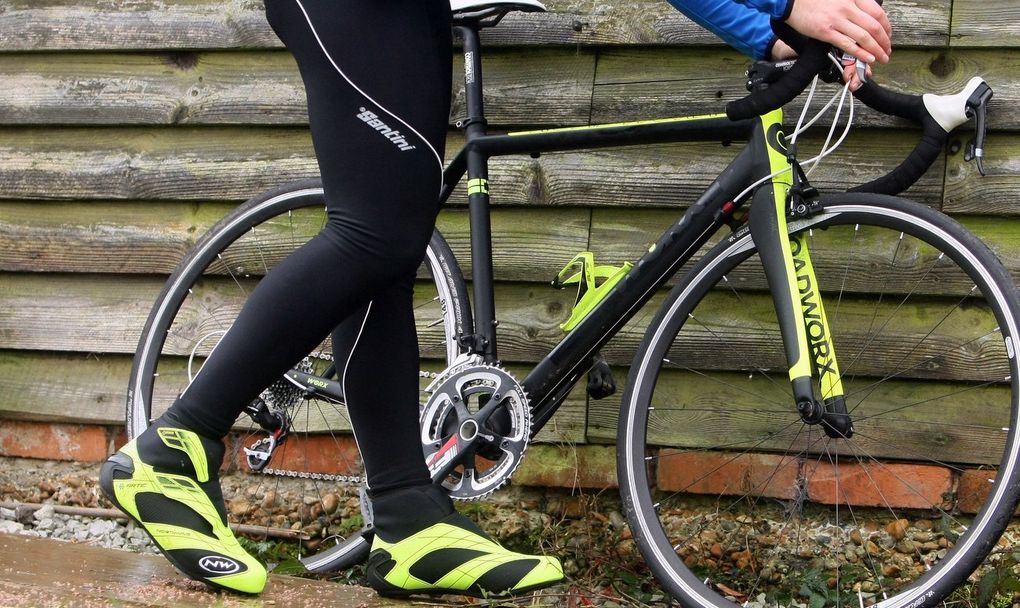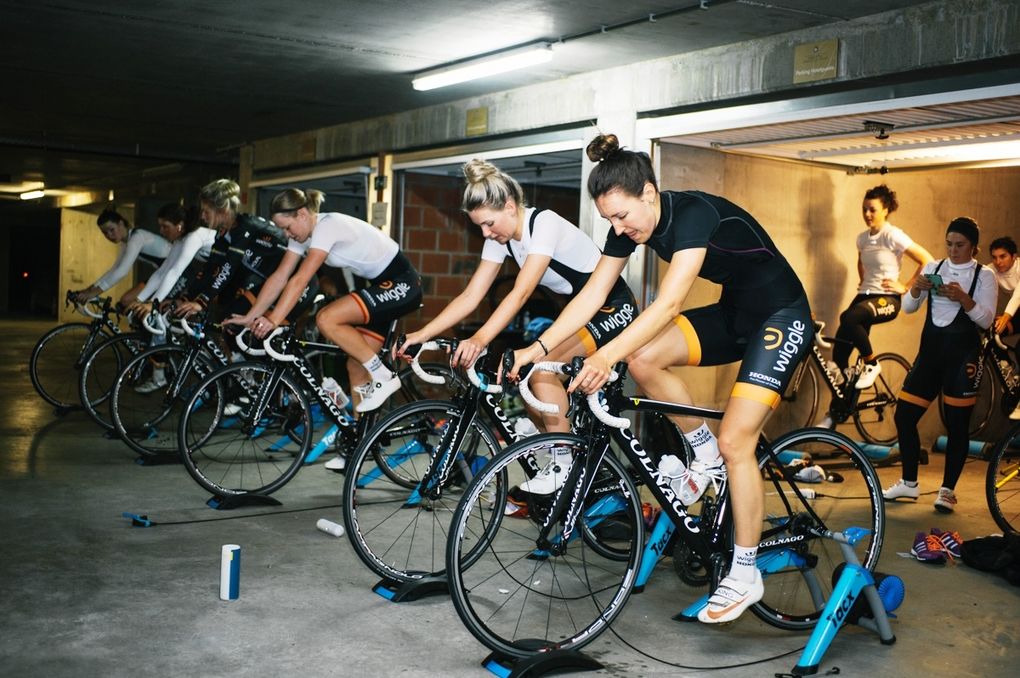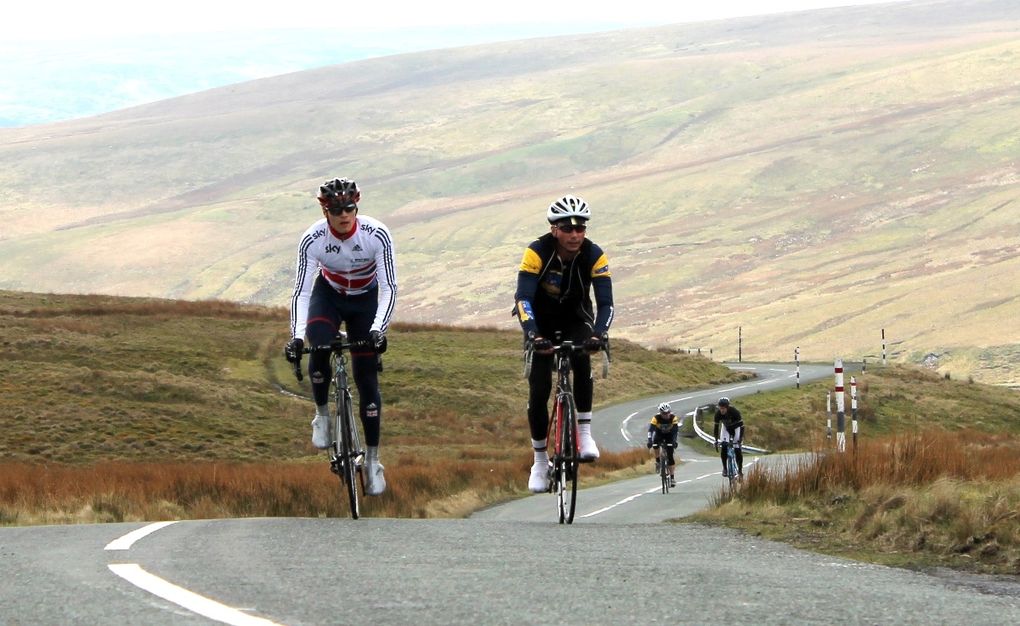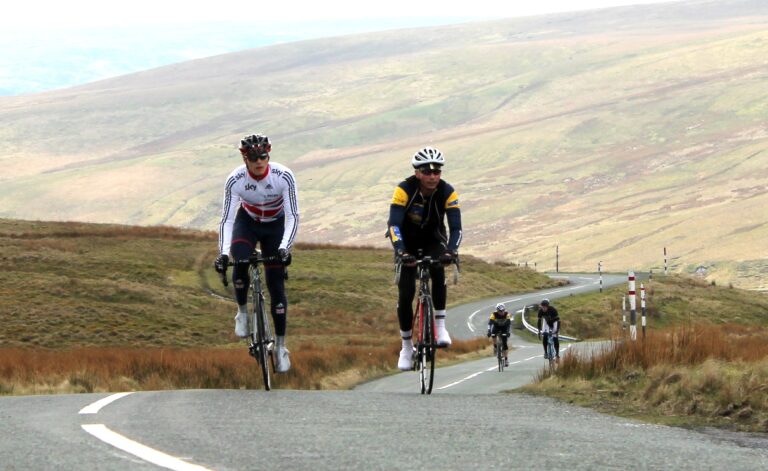Winter as a cyclist means lots of long, steady miles, right? Well, maybe that’s not the case. Over the years there’s been plenty of debate about the best way to use the winter months to prepare for the coming year – and with the advance of sports science and development of specific tools to measure and analyse performance this debate has been more prominent than ever.
The traditional winter base training phase is defined by a large volume (the number of hours) at a low to moderate intensity (the effort level), putting just enough stress on the body to allow the relevant adaptations to take place.
– Eight steps to create your perfect winter training plan –
The main focus during this early part of the season is to develop a solid aerobic and endurance base (hence the term ‘base’ training) on which more intensive, high-end training can be built as you approach your sportive or race objectives later in the spring/summer. The idea is that the bigger base you build, the higher peak in form you can achieve.







